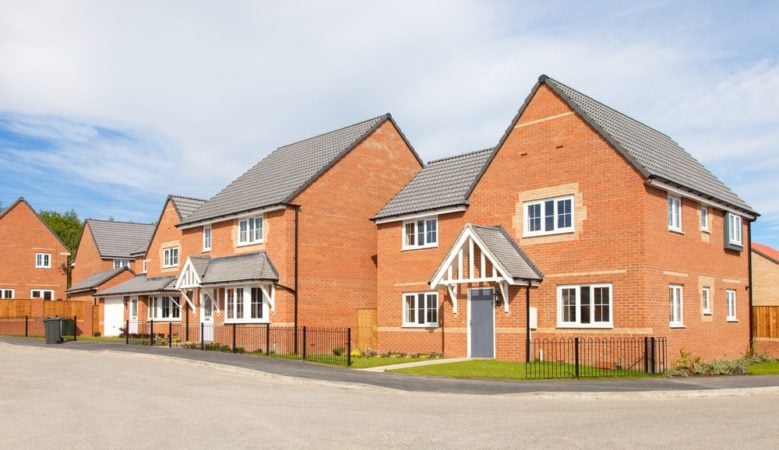Slowdown in UK housing market confirmed by latest official nationwide figures

Average house prices in the UK increased by 4.1% in the year to March 2017, down from 5.6% in the year to February as the general slowdown in annual growth which began in the middle of 2016 continues.
The average UK house price was £216,000 in March 2017, some £9,000 higher than in March 2016 but £1,000 lower than last month, according to the official figures published by the Office of National Statistics (ONS).
The main contribution to the increase in UK house prices came from England, where house prices increased by 4.4% over the year to March 2017, taking the average price in England to £233,000.
Wales saw house prices increase by 4.3% year on year to an average of £148,000 while in Scotland the average price increased by 0.7% over the year to stand at £137,000. The average price in Northern Ireland currently stands at £124,000, a year on year increase of 4.3%.
On a regional basis, London continues to be the region with the highest average house price at £472,000, followed by the South East and the East of England at £312,000 and £277,000 respectively. The lowest average price continues to be in the North East at £122,000.
The East of England and the East Midlands both showed the highest annual growth, with prices increasing by 6.7% in the year to March 2017. This was followed by the West Midlands at 6.5%. The lowest annual growth was in the North East, where prices decreased by 0.4% over the year, followed by London at 1.5%.
On a seasonally adjusted basis, the North West showed the highest monthly growth with prices increasing by 0.7% over the month to March 2017. The lowest seasonally adjusted monthly growth was in the North East where prices decreased by 2.2% over the month.
The data also shows that in March 2017 the most expensive borough to live in was Kensington and Chelsea where the cost of an average house was £1.4 million. In contrast, the cheapest area to purchase a property was Burnley where an average house cost £75,000.
Richard Snook, senior economist at PwC, pointed out that while it is the weakest growth rate since October 2013, the trend is consistent with the slowdown which he believes is Brexit related. PwC predicted the slowdown a year ago and looking forward is forecast growth this year of 2% to 5%.
Meanwhile, John Goodall, chief executive of buy to let specialist Landbay, said that even although price growth is slowing affordability remains a key concern for many aspiring home owners struggling to get a foot on the housing ladder and new figures today also show that inflation is rising which is unlikely to help potential first time buyers.
He believes this means that the private rented sector is likely to see demand ongoing. ‘Investment in large scale developments, specifically designed to rent rather than buy, will help to control house price growth while also improving living standards for those relying on a well-served buy to let market,’ he explained.
According to Jonathan Hopper, managing director of Garrington Property Finders, the official figures suggest that the current slowdown is sharper and started earlier than first thought, before the snap general election was announced. ‘While the speed and severity of the fall in annual price growth, down to its lowest level for more than three years, will alarm some sellers, such national averages mask the wildly different conditions at opposite ends of the market,’ he said.
‘Properties in some regions continue to see double digit price reductions, while at certain price points in the most in-demand areas, gazumping is back with a vengeance. But the broader trend is undeniable. The chronic shortage of supply is still propping up prices in many areas and mitigating the slowdown,’ he explained.
‘If the election delivers a clear result that puts Brexit firmly back on track, the property market could receive a huge boost, freeing up more supply and with greater levels of clarity spurring discretionary buyers into action,’ he added.




